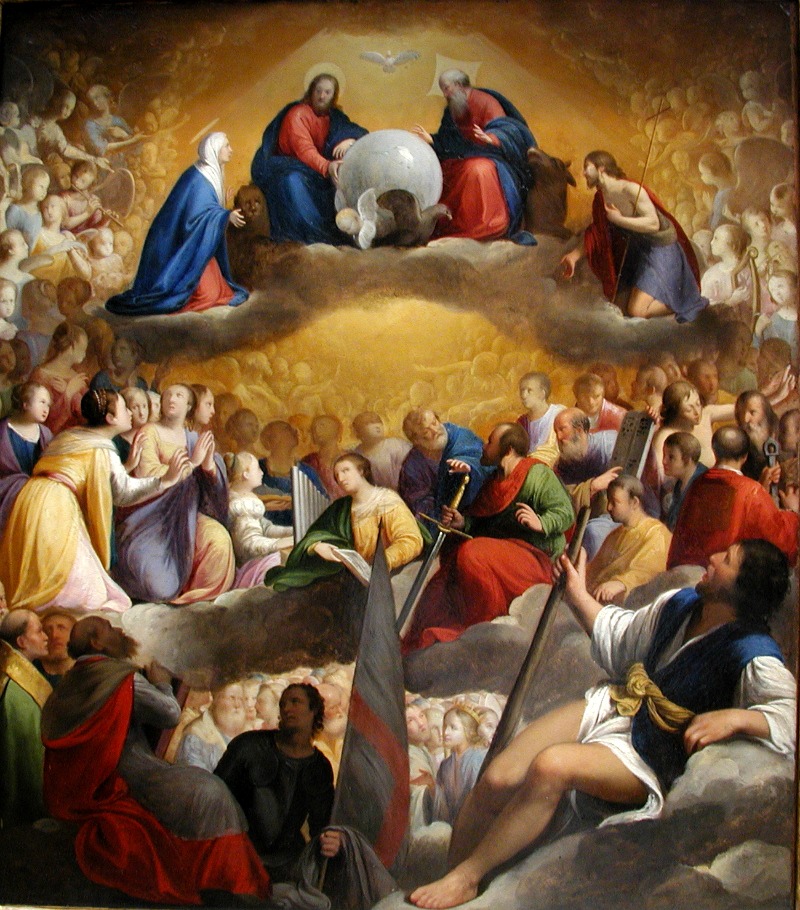Freedom is not only liberation from external restraints. It also involves overcoming internalized feelings of negativity and fear of lack. View study guide here. Watch recording here.

One of religion’s primary missions is to address human awareness of mortality. Without some mediation of that finality, we might despair of any need to accommodate the needs and welfare of others. All that would matter would be my own wellbeing. Instead of a social animal, the human would become the ravager of communal bonds. Wariness of others, insularity, and merciless predation would be the norms.
The written Torah seems to provide little in the way of express notions about life after death. However, embedded in its narrative are hints as to what we can learn about addressing death. Generations of sages will take those hints and give shape to a variety of complex designs about afterlife. But let us begin here, with our Torah portion Beshalach. Pharaoh beshalach, “sent forth,” the Israelites from a culture whose cruelty had culminated in a cascade of darkness, destruction and death. What alternative to such a culture might there be?
In reading last week’s Torah portion, Bo, we explored the verse stating that Moses is to “come” into Pharaoh. He is to enter into the toxic Egyptian culture of cruel oppressive power, worship of materialism, and contempt for the ordinary. All of which Moses had absorbed as a dweller within Pharaoh’s palace. Moses needs to confront that experience and purge it in order to emerge fit for the journey to freedom.
In this week’s portion all of the Israelites are instructed to “come” into the Yam Suf. The Hebrew word suf means “reeds.” It also means “end,” based on the Hebrew verb “to come to an end, to cease.” Thus, what the Israelites enter can be called either the “Sea of Reeds” or the “Sea of End.” The name for the Egyptian afterlife is the Field of Reeds. The Israelites must enter into that experience – Egypt as a death culture – and cleanse it from their system if they are to enter onto the path to freedom.
The crossing through that experience seems to be a triumphant one for the Israelites. They emerge from it singing. And the next stage in their journey, reported in next week’s Torah portion, is that of revelation: their commissioning as a holy nation. Entering into the Sea is not only a confrontation with and rejection of Egypt as death and negation. It is also, as an immersion in water, contact with life and its revival. They exit the water cleansed, ready to receive divine instruction on how to live a life of personal and communal sanctification.
In his poem “Dry Salvages” T. S. Eliot uses the image of water to convey contact with the divine. It is where finite and infinite merge, where time has no beginning or end. We can overcome our obsession with past and future, with what is no longer and what will no longer be. To do so, Eliot teaches, is the work of a spiritual practice: “…to apprehend the point of intersection of the timeless with time, is an occupation for the saint.”
Pictured here is a painting by the Italian early-Baroque artist Carlo Saraceni, Paradise. At its center is Saint Cecilia at her nuptials. An organ beside her is playing music in celebration. Cecilia appears to turn her gaze upward. Where is she? At her wedding or in heaven? In this moment of human sacred ritual, the earthly figures fade and those of heaven come into sharpened focus. She is afloat in what Eliot calls “the point of intersection of the timeless with time.” Divine and human conflate.
Note that Saraceni has included Moses with his tablets in the mix. Is he engaged in a discussion or debate about divine instruction? What need would there be for such in Paradise? Would not all such matters be settled ones in that dimension? Again, our artist suggests that when such disputations and negotiations occur, there is a communion of divine and earthly.
In Beshalach Torah hints that our spiritual encounters are those moments when we cleanse ourselves of the anxiety produced by a fixation on life-death, beginnings-endings. Emerging revived, we are able to hear more clearly that the way of Torah is a confluence of attunement to the Source of all life and of ethical behavior toward all of creation. This may be what the prophet Isaiah means when he says, “God will bring an end to all death.” To live the way of Torah is to live in the moment, at “the point of intersection of the timeless with time.”
Join us here at 7:00 p.m. (PT) Thursday February 2 as we explore immersion and emergence: crossing the waters.








